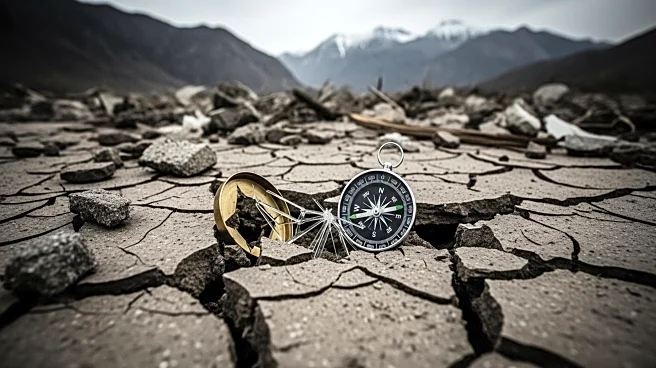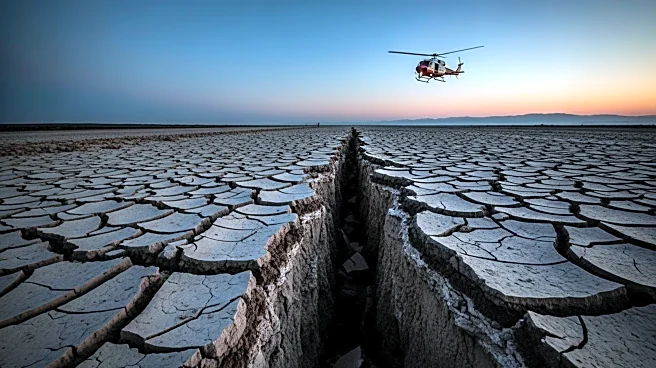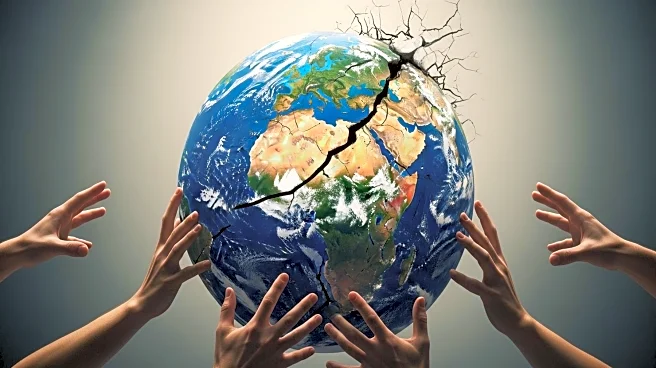What's Happening?
A 6.0-magnitude earthquake struck eastern Afghanistan, resulting in at least 812 deaths and over 2,800 injuries, according to the Taliban-run government. The earthquake's epicenter was near Jalalabad, affecting Nangahar, Konar, and Laghman provinces. The shallow depth of the quake exacerbated its impact, causing widespread destruction. Rescue operations are underway, but efforts are hampered by landslides and inaccessible roads. The disaster has affected approximately 12,000 people, with many villages remaining cut off from aid.
Why It's Important?
The earthquake has compounded Afghanistan's existing humanitarian challenges, including a severe health crisis and food insecurity. The Taliban's ability to manage the disaster is limited by reduced international aid and strained resources. The situation highlights the urgent need for global support to address the immediate and long-term needs of affected communities. The international community's response could influence Afghanistan's recovery and its relations with foreign governments.
What's Next?
Afghan authorities are likely to continue deploying resources to the affected areas, while international organizations may increase their involvement in relief efforts. The disaster may prompt discussions on the need for sustainable infrastructure and disaster preparedness in Afghanistan. The international community's engagement could shape future diplomatic relations and aid strategies.
Beyond the Headlines
The earthquake underscores the challenges of disaster response in a politically unstable region. The situation raises questions about the balance between humanitarian aid and political considerations, as well as the long-term implications for Afghanistan's development. The international community's approach to aid could influence future diplomatic relations and the country's integration into global systems.











